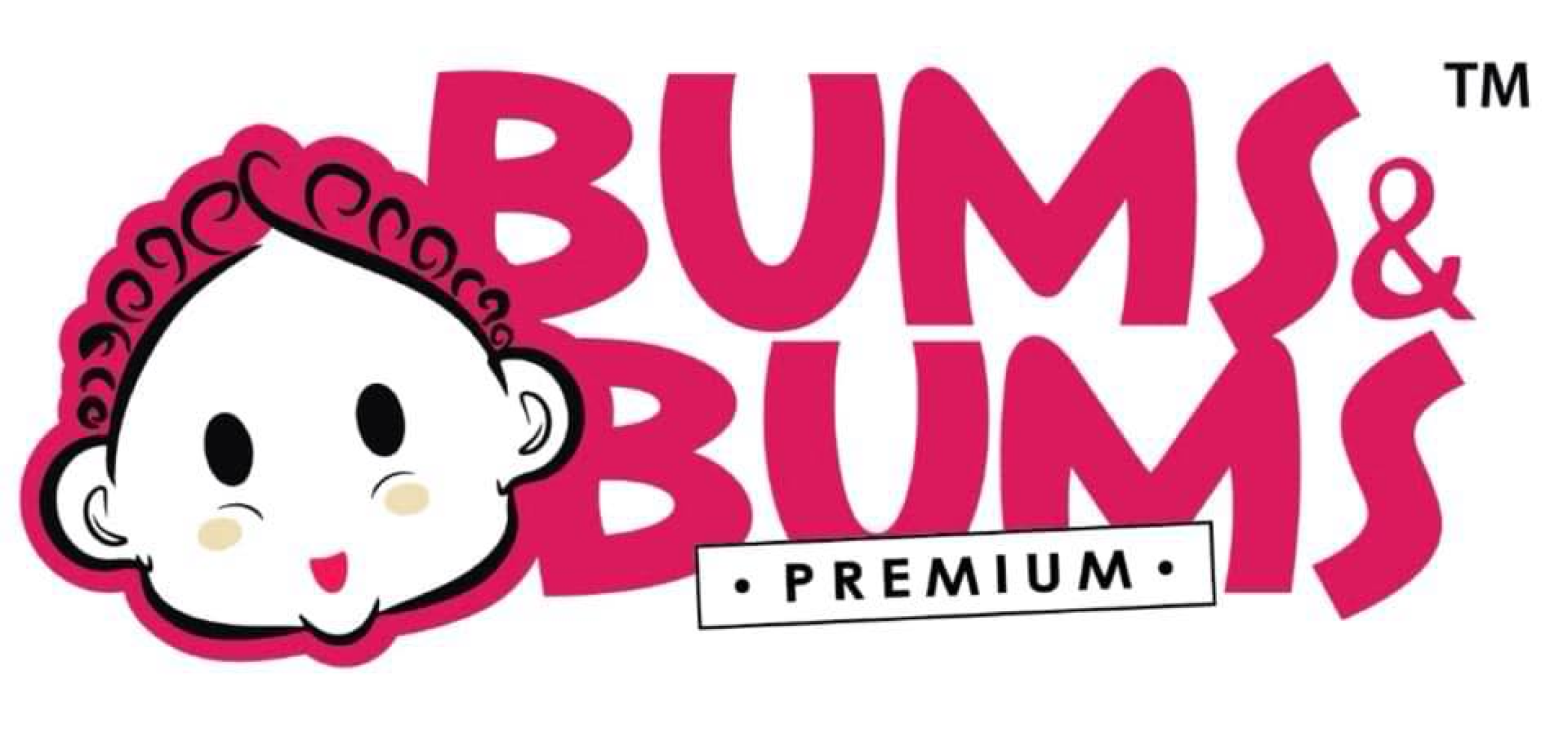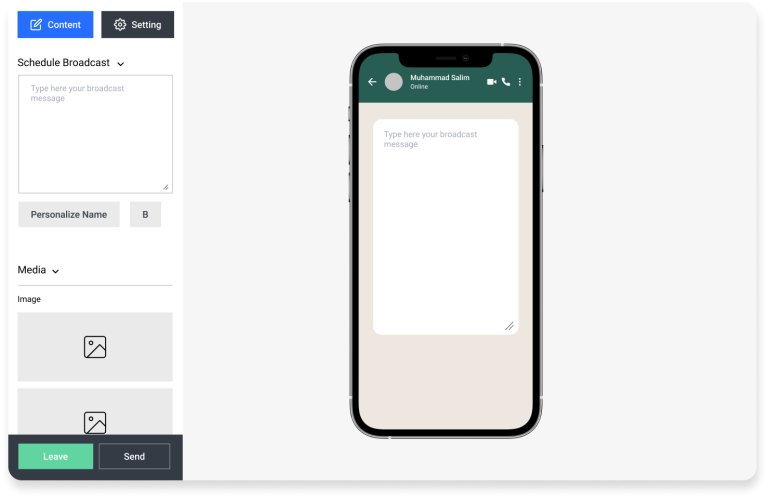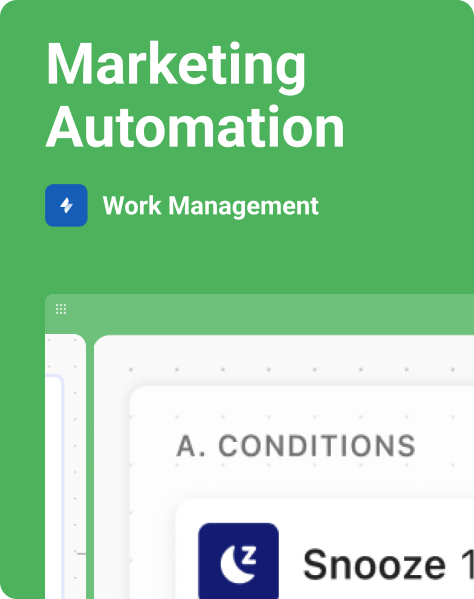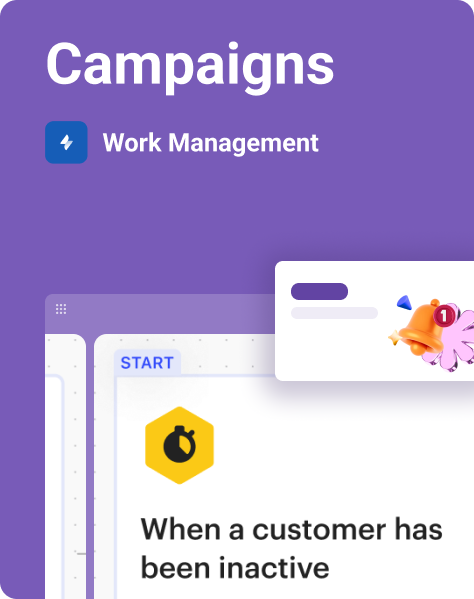Grow Your Business With All-in-One Marketing & Sales Automation Platform
Streamline your marketing, boost sales, and save time with a powerful all-in-one ecosystem designed to help your business thrive.
Start free today






Trusted By 18,000+ Businesses Worldwide
18K+
Users Globally
55%
Revenue growth
38+
Countries Served
3+ year
Years in Business
Get solutions that work for whatever you need.




Get solutions that work for whatever you need.




Your entire office desk
in a single platform
Achieve 10x efficiency.
Why is Kuasa the right
choice for your company?
Discover how forward-thinking companies use AI Kusa to reach their business goals.

Reach your audience across WhatsApp, Email, SMS
Kuasa lets you reach people wherever they are. Go beyond email marketing and reach people on the channels that are most likely to help you grow.
Learn more
Save 27% on acquisition costs by keeping your current customers.
Kuasa lets us send email, SMS and WhatsApp campaigns, automate features, and manage contacts by staff group. The holy trinity. Other tools couldn’t do all three.”
Learn more
Reduce overhead costs by 35% and scale your services efficiently
Kuasa lets us send email campaigns, automate features, and manage contacts by staff group. The holy trinity. Other tools couldn’t do all three.”
Learn more
 Resource
Resource
Ready to take Kuasa for a spin?
Join over 18k customers. No credit card needed.
Instant setup.

Help center
Find answers to all your questions using our dedicated articles and FAQs curated by our product experts.

Webinars
Learn the best practices from our ecommerce and product experts via live and recorded webinars.

Blogs
From ecommerce trends to marketing insights, get regular blog updates on the ins and outs of an ecommerce business.

Community
Connect with your Kuasa Commerce peers and discuss everything from ecommerce to product development.
Trusted by over 18,000+ users
around the world
Discover how forward-thinking companies use AI Kuasa to reach their business goals.
With Kuasa CRM, my team and I have been able to manage student databases smoothly and more efficiently than before. The system has eliminated small errors previously made by staff.
Anuar Abu Bakar
CEO Cakap Jepun


Anuar Abu Bakar
CEO Cakap Jepun
The three key functions of Kuaas—Campaigns, Landing Pages, and CRM Power—are essential for driving sales. The best part is the ability to automate everything, making business operations seamless.
Founder Marketing Agency


Founder Marketing Agency
I was incredibly impressed with Kuaas and its features. Within just three months of using Kuasa for the launch of my new branch outlet, I generated approximately $100,000 in revenue.
Mior Ashraff
Managing Director KekMalaya


Mior Ashraff
Managing Director KekMalaya









